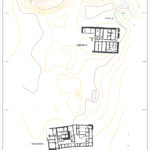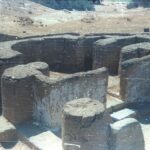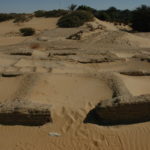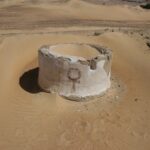ʿAYN ǦALLĀL
Site area: ʿAyn Ǧallāl North
| Area name | ʿAyn Ǧallāl North |
| Description | ʿAyn Ǧallāl North |
| Bibliography |
Site area: ʿAyn Ǧallāl South
| Area name | ʿAyn Ǧallāl South |
| Description | ʿAyn Ǧallāl South |
| Bibliography |



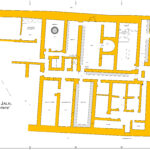

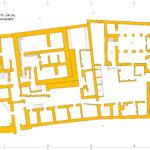
 Json data
Json data